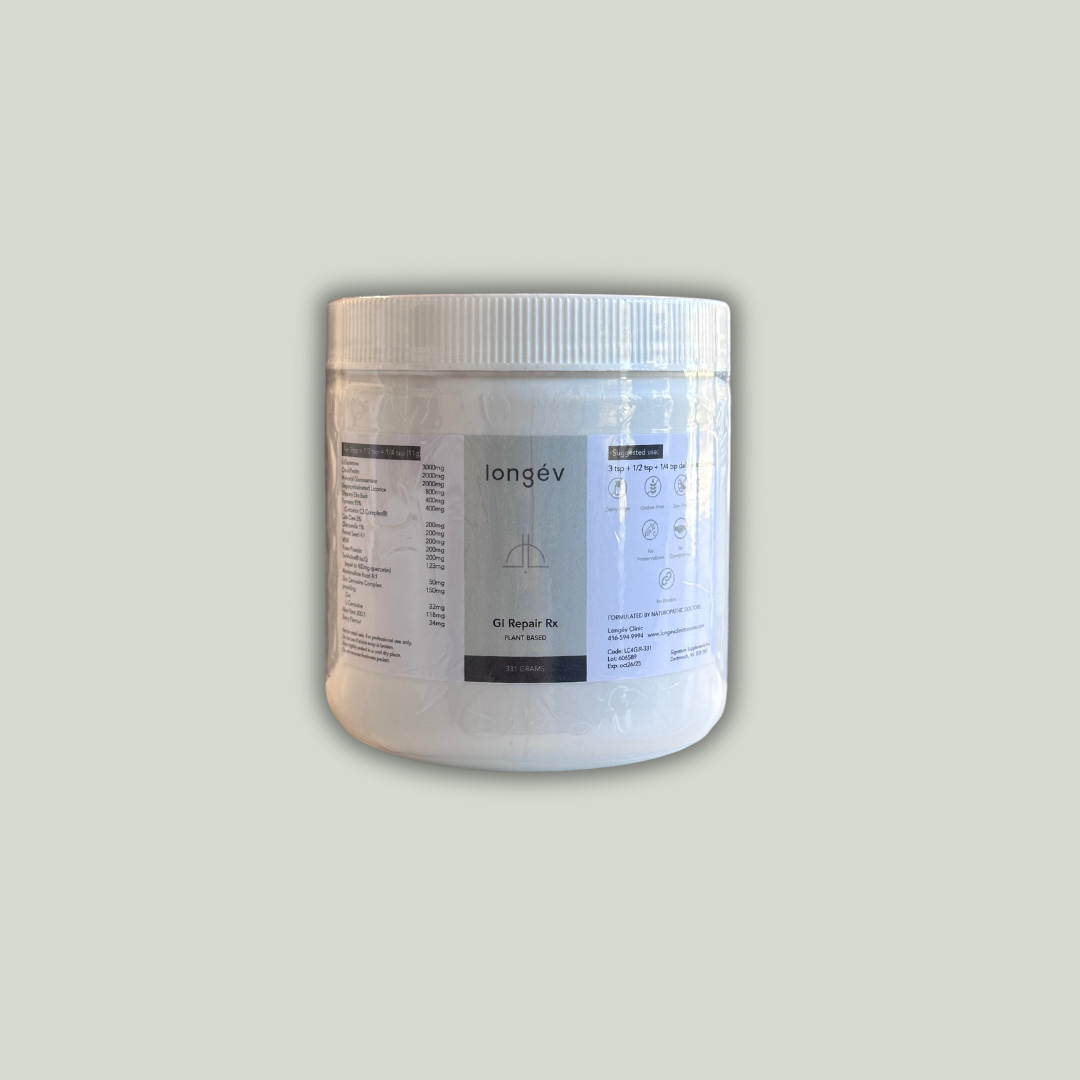

Most of us have had the pleasure of receiving a massage in our life. Have you ever wondered what exactly a registered massage therapist does? We would like to share some interesting facts about massage therapy and how a registered massage therapist can help your body feel better. An RMT can help you with recovery from an ongoing issue or injury or just get your body to feel less tense from day to day activities.
“The issues are the tissues” is one of the first lessons our RMT Amy Proszowski learned in school. This is precisely what Amy does, she treats soft tissue. Massage therapy is a hands on bodywork modality that uses a combination of techniques to create specific outcomes in which the RMT manipulates the soft tissues of your body to increase blood circulation, relieve muscle tensions and stiffness, increase range of motion at a joint, alleviate pain, decrease inflammation, soothe the nervous system and promote overall relaxation and well being. Soft tissues support, connect and surround other structures and organs in the human body.
In the musculoskeletal system, soft tissues typically consist of:
– Muscles & Tendons
– Ligaments & Joint Capsules
– Fascia
– Nerves
Blood & Lymph vessels are also considered soft tissues.
For your initial appointment with Amy she will complete a short assessment of the reason for visiting and will determine where and how the massage will be most beneficial to you. A variety of massage and dynamic techniques can be used to accomplish your treatment goals, and different techniques create different outcomes.
Some of the techniques Amy uses are:
Swedish massage: this is one the most common types of massage therapy involving rubbing, kneading and stroking to relax the nervous system, increase blood circulation and relieve pain.
Fascial Stretch Therapy (FST): a unique system of assisted stretching that targets restricted fascia and joints to improve mobility and decrease pain.
Deep tissue: targets chronic tension in muscles that lie far below the body’s surface. Deep muscle techniques involve slow strokes, direct intense pressure or friction movements that go across the muscle grain to actively release the muscle and increase blood circulation to the area.
Proprioceptive Neuromuscular Facilitation(PNF): active stretching technique that engages nerve impulses to improve muscle elasticity, increase range of motion at a joint and improve mind-muscle connection.
Myofascial release: aims to release restriction in the superficial fascia of the body to relieve pain and tension. The therapist may use skin rolling or sliding cups to do it.
GTO release: involves static bowing, rhythmic pressure or muscle approximation on tendons and muscle attachment points to release spasm or deep tension
Muscle activation: involves contracting a muscle against resistance for a few seconds then releasing it to activate its function. Activating weak agonist or antagonist muscles help to improve postural alignment.
Tapotment involves percussive rhythmic movements that:
– help to stimulate and invigorate the muscles, promoting increased blood flow and oxygenation to the tissues
– Can be used to stimulate the nervous system, helping to promote relaxation and relieve stress.
– Can also be used to improve lymphatic drainage, which can help to reduce swelling and inflammation in the tissues.
Lymphatic drainage: a light massage that is specifically focused on the lymph vessels to help the flow of lymphatic fluid.
No one system in the body ever works independently of the others therefore a good therapist works with all systems in mind. A patient’s history of injury, repetitive posture strain, surgeries, medications are important information to help the therapist build a picture of how best to treat.
The goal is always to leave you feeling better than when you came in. Some treatment plans will require a few consistent follow up visits to accomplish full healing goals and then maintenance. Often other therapists within the multidisciplinary clinic will be recommended to assist and expedite the recovery journey.
When there is no injury or specific issue a full body massage for relaxation can still engage the tissues enough to positively affect the musculoskeletal and nervous system. Whether you have an ongoing issue or just want a massage to relax, Amy is available for bookings on Tuesday, Thursdays and Fridays. To book an appointment give us a call 416 594 9994 or book an appointment online here.


